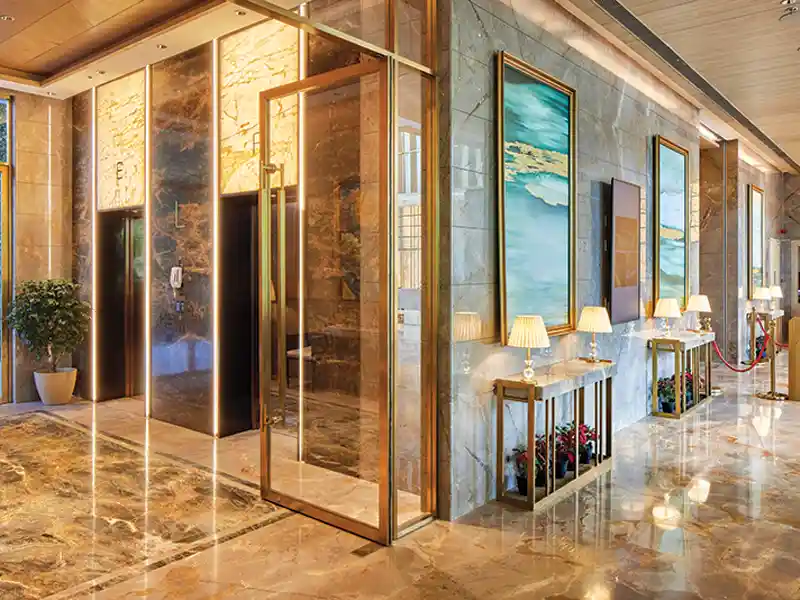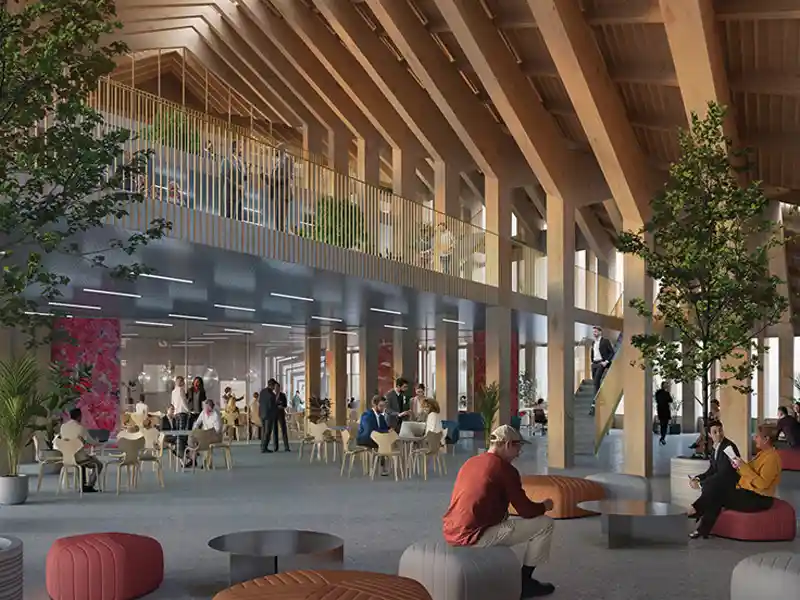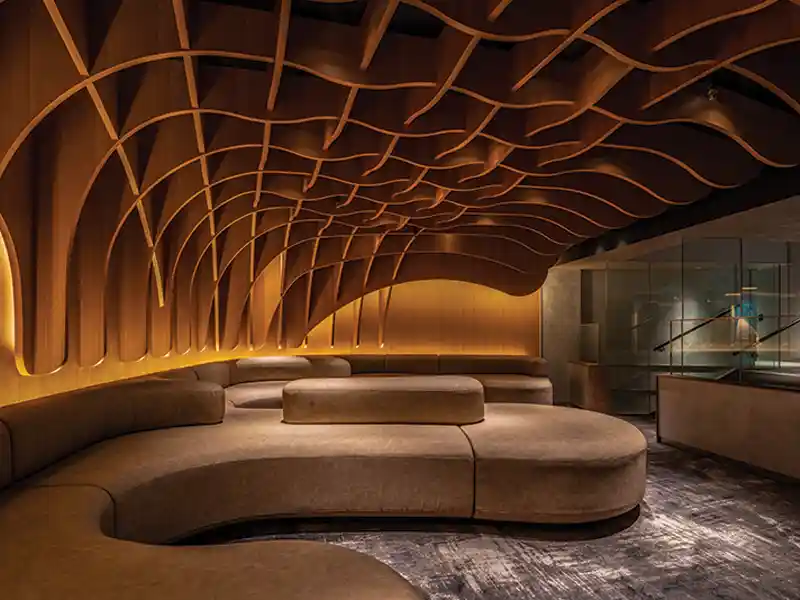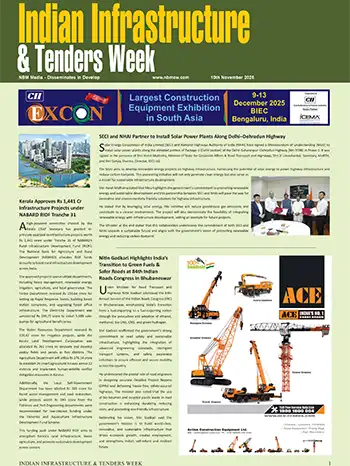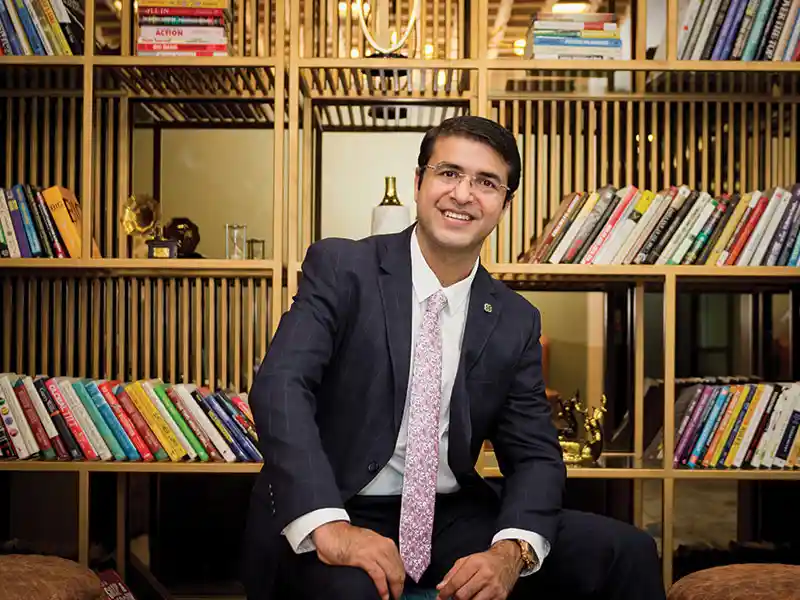
While designing an office, designers always consider the functional needs in the setting of socio-economic influences running parallel with the changing times. This could be either due to the GenZ generation entering the workforce, increased adoption of technology, global collaborations, or the need to have increased employee engagement.
The hybrid work model has opened a new dimension to the role of office design. Now, a workplace is designed to promote both privacy and collaboration where remote and in-office employees can work cohesively as a team.
Employee well-being and focus on physical and mental wellness is now a key priority. Designers are looking to build spaces that support the need for health and wellbeing of the employee with amenities like fitness centres, wellness rooms, creche, sleeping pods, mothers’ room, and access to mental health experts.
Social spaces
In the past, privacy was one of the most valuable attributes of a workspace, but all indications are that this is changing, and fast. Multiple industry studies have shown that social spaces are a fundamental workplace amenity, with an increasingly millennial workforce indicating that open plan spaces and designated social infrastructure are essential conduits for better working relationships, easier collaboration, and higher-quality communication.
In the future, it will be imperative that organizations offer workspaces that include social spaces and activity or recreation zones depending on the demographic of the workforce. From foosball tables to lounge areas, baristas to relaxation zones, these spaces allow the workforce to unwind and socialise in between the ever-elongating workday.
Diversity is the need of the hour, building spaces that are inclusive is no more considered to be a courtesy, but a basic rule set in stone. Office spaces today are built keeping in mind the demographic of the workforce, access for the disabled or differently abled, and sensitivity to the growing number of women in the workforce. There is a minimized focus on closed door policy and amplification of collaborative spaces which makes the new workforce feel welcome, motivated, and supported.
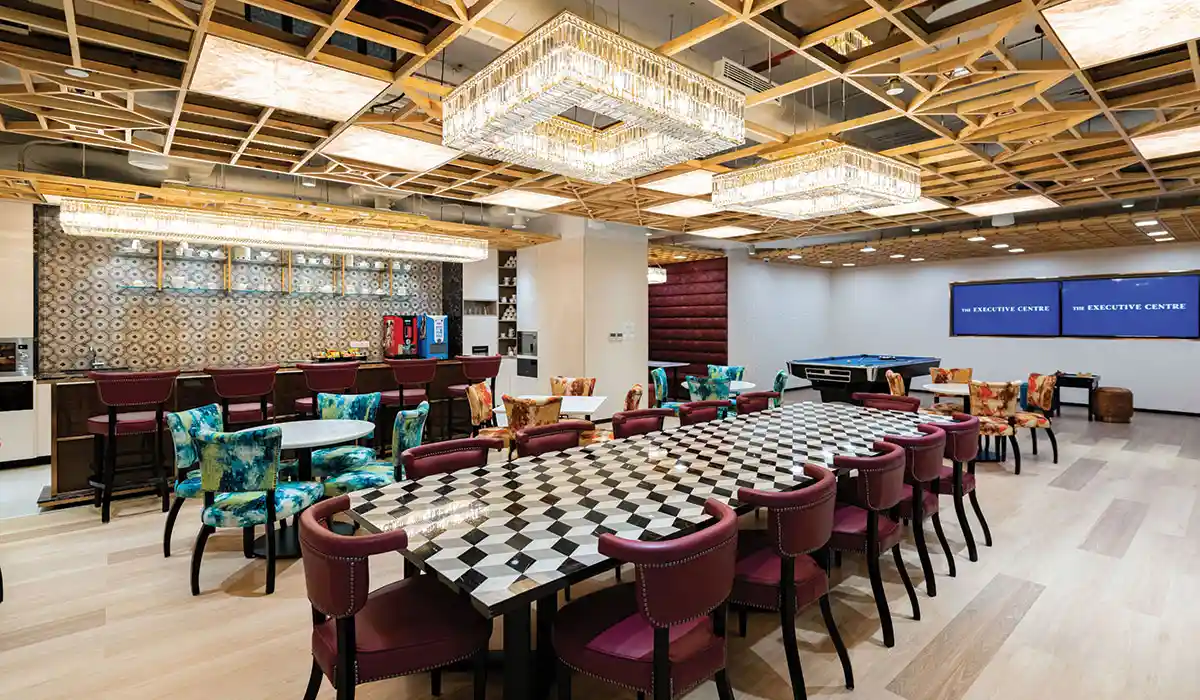
Role of technology
A well-integrated workspace design is one that is built to serve the larger organisation goals while addressing the day-to-day functionalities of the workforce. Making decisions based on analytics while planning and designing the space is the first step in ensuring productivity. In the last few years, the most important role of technology has been in the service of employee health and well-being. Using technology to ensure indoor air quality, upkeep of sanitation, and securing the physical office in case of contagion have been particularly useful. With employees logging in from multiple locations, technology becomes the common thread that connects talent to organisational goals, culture, and infrastructure.
The technology used in business operations has become more space efficient over the last 10 years, which makes the workforce more mobile, and agile and allows more space for collaboration. Most importantly, across industries, the one characteristic of all workspace strategies is agility and adaptability to changing business operation strategies.
A design that fosters creativity & innovation
With big tech replacing human effort at a rapid pace, the only qualities that are irreplaceable are creativity and innovation, today’s workspaces are built to nurture and support these functionalities. Reengineering the office structure to serve as a catalyst for better communication, ideation, and execution is something the designers emphasize on.

